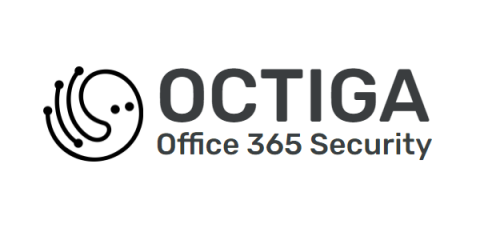Security | Threat Detection | Cyberattacks | DevSecOps | Compliance
%term
Virtual Meetup: SIEM 101: What, Why & How of Information Security
Maze Ransomware Targets the Hospitals and Labs Fighting Coronavirus
“Never let a good crisis go to waste.” These wise words have been recently attributed to former Bill Clinton Chief of Staff Rahm Emanuel, though Freakonomics actually dates it back to 1976 and a completely different context.
Getting Zoom Security Right - 8 Tips for Family and Friends
If you’ve read a newspaper or watched the news in the past few weeks, you’ll notice one common topic that all the major news outlets are discussing… COVID-19. Right now, many companies are trying to provide employee guidance during this worldwide pandemic, as governments ask those who can to work from home in an effort to slow the spread.
How were we Hacked? Part 1
When we read about hackers, we either think of people in Anonymous wearing Guy Fawkes masks or else that film from the mid-’90s were roller blade rolling teens bring down the baddies with elaborate rabbits and trojan horses. While complicated CIA type hacking may exist the VAST majority of hacking is simply someone getting your password and logging in online just like you would The VAST majority of hacking is simply someone getting your password and logging in online just you would
Instrument and Monitor API Calls and Requests in Node.js
The concept of instrumentation often refers to tracing where events happen in an application. Many application performance monitoring (APM) tools use it to provide metrics on the inner workings of your application. But sometimes, all you really need are details about API calls.
Tips for Managing Third-Party Risk in Health Care
The healthcare industry possesses the crown jewels that the bulk of attackers are after: Personally Identifiable Information (PII). Data has become the new currency in the digital underground, consisting primarily of social security numbers, credit card information, health information, and passwords.
5 defensive COVID-19 actions IT managers can take now
As if there wasn’t enough to worry about these days, cyber attacks have taken a sharp uptick since the COVID-19 pandemic began this year. From January to March, AT&T Alien Labs Open Threat Exchange (OTX) saw 419,643 indicators of compromise (IOC) related to COVID-19, including a 2,000% month-over-month increase from February to March. Cybercriminals are taking advantage of the shift to remote working, increasing their volume of attacks by nearly 40% in the last month.
Securely execute a BYOD policy for your remote employees
From global pioneers to budding startups, almost every organization around the globe has adopted a mandatory work-from-home routine due to the COVID-19 outbreak. This shift has brought up numerous questions for decision-makers: How are we going to pull this off? Is work-from-home strategy feasible? Is our network security going to be compromised? Is BYOD the solution?










